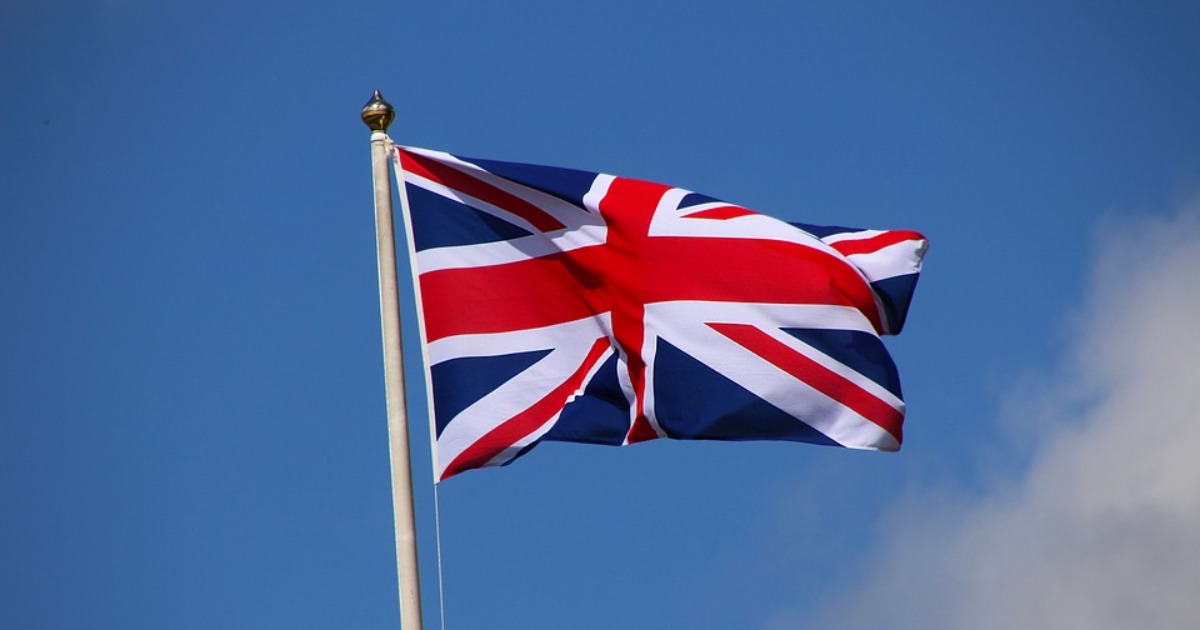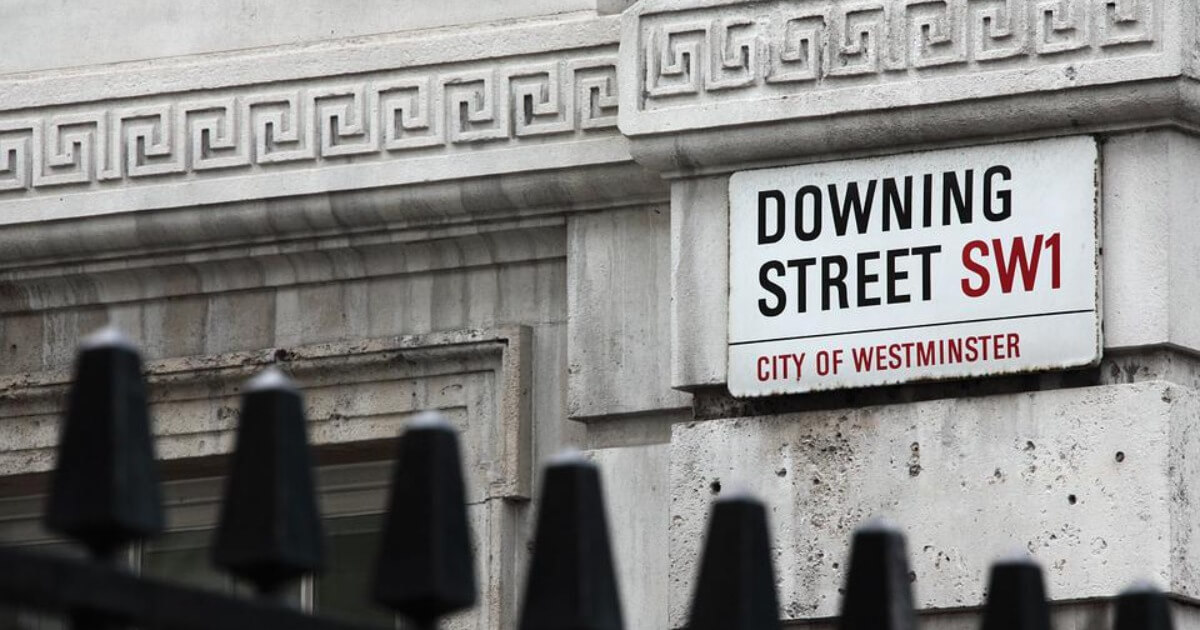The End of the Second Elizabethan Era
Many Truss-backers within the Conservative Party may have to learn the hard way that what is really holding back the UK economy are the economic costs of Brexit.
September 16, 2022

As we think about the road ahead for the UK at the end of the second Elizabethan era, some political, economic and financial issues stand out.
The Tories are taking a big gamble on Trussonomics
The country’s new prime minister Liz Truss marks a wholesale change in economic policy for the UK. For now, it is still early days and the specific policy details on what “Trussonomics” will actually mean in practice are not clear.
What we already know is that , in order to win the Conservative leadership election, Truss played to her party’s base by promising “no to handouts” to help households manage soaring energy bills.
However, as her first act as prime minister, Truss announced an “energy price guarantee.” When combined with previously announced support (a £400 energy bill discount and the temporary removal of green levies), this will likely prevent any further material rise in household energy bills for the next two years.
Truss has also promised “equivalent” help for businesses for six months – but some form of generous help will likely be extended for longer than that. The final cost of the policy will depend on how prices in energy markets evolve over the policy horizon.
Costly measures
If widespread estimates that these measures could cost in the range of £150 billion turn out to be true, it would be more than twice as expensive as the Coronavirus Job Retention Scheme.
Is it good politics? Yes. Worries about the cost of living will not go away any time soon and could distract the new prime minister from her two big (overlapping) objectives – first, to return the economy to growth and second, win the next election.
Writing a big cheque to put the energy price crisis to bed will free her to move onto other policies and should boost the Conservatives’ standing in the polls.
Kwarteng’s pro-growth policies
The UK’s new chancellor Kwasi Kwarteng is competent, pro-markets and has a good grasp of economics. But he is also a politician.
As a result, it remains an open question whether he will force Truss down a more economically literate path. That would mean a cautious approach to big fiscal injections when inflation is soaring. Alternatively, he would follow the zeitgeist in the Conservative Party and play Truss’s sidekick.
To say the early signs are mixed probably puts it a little favorably. Kwarteng’s decision to direct officials to focus on coming up with policies to raise annual real GDP growth to 2.5% will play well to the Conservative Party base.
However, the factors that have lowered UK potential growth following the 2008 global financial crisis are complex and uncertain. If solving these problems were simple, it would have happened long ago.
What is holding back the UK economy?
Many Truss-backers within the Conservative Party may have to learn the hard way that so-called “Treasury orthodoxy” was not the major factor holding back the UK economy after all. An honest appraisal of the economic costs of Brexit would be a better place to start.
While key measures held out by Truss – supply-side reforms and a Big-Bang 2.0 for the City of London – sound attractive, the UK is already one of the most lightly regulated advanced economies in the world. Taking this even further will be difficult and may not lift growth much.
The polls matter
The Conservatives (currently polling at 31%) are trailing Labour (42%) badly in the polls. Unless something changes, the Conservatives will lose the next general election – which will occur no later than January 24, 2025.
After a miserable decade of austerity following the global financial crisis, public spending cuts are not a vote winner. While the situation may change if Truss manages to win the next election, one should not expect major cuts to public spending during 2023 or 2024 that would shrink the state as a share of GDP.
Moreover, since her backbenchers would like for Truss to lower income taxes, UK public borrowing may need to rise substantially in order to finance the energy price guarantee as well as any tax cuts.
A high-risk economic strategy
Under normal circumstances, in the UK the combination of supply-side reforms to raise growth potential plus deficit-financed tax cuts to boost short-term economic performance would be a vote winning recipe that would also go down well with markets.
And indeed, in the short run, the UK should have no major problem financing tax cuts with more borrowing and without shrinking the size of the state. Tax cuts may even dampen the downturn that is currently underway.
Note as well that UK public sector debt maturity is the longest in the advanced world – and twice the OECD average of eight years.
However, in a supply-constrained economy, these measures risk further worsening inflation pressures. If inflation remains excessively high in the UK but falls across the rest of Europe and in the United States once the energy shock fades, that would hurt Truss’s election chances.
An interim assessment
Providing help to the hardest hit households, as Liz Truss plans to do, is good economic policy as well as good politics.
However, with mostly healthy balance sheets across the private sector, there is no compelling case for big tax cuts or energy price subsidies on the scale that Truss seems to favour.
If such policies worsen the medium-term inflation risks, as the markets seem to fear, then the Bank of England will be forced to turn even more aggressive with its monetary tightening.
UK politics are messy – but safeguards work well
In recent years, voters across the advanced world have railed against the indignities of globalization and the painful adjustment to slower growth in living standards. Populists have thrived on both sides of the Atlantic.
In the UK, politics has turned uncharacteristically messy. Populist sentiment tipped the EU referendum in favour of Brexit in June 2016.
These sentiments also shifted the Labour Party to the far left under Jeremy Corbyn from 2015 until 2020 and gave 12.5% of the popular vote to Nigel Farage’s far-right UKIP in the 2015 general election.
Under Sir Keir Starmer, Labour shifted back towards the center left after Corbyn lost badly in the December 2019 general election. The Conservatives remain a largely sensible center-right party.
What to make of Boris Johnson? He is a great campaigner, but was not equipped to be a good prime minister. Within three years, his own party kicked him out of Downing Street.
The UK’s post-Elizabethan future
Brexit has damaged the UK’s standing in the world and its economy. But UK politics has, by and large, shifted away from populism.
The same cannot be said for the United States or parts of Europe, where populists on the right or left have a real chance of challenging for power at upcoming elections.
The British political system and its archaic unwritten constitution are occasionally clumsy and needlessly complicated, but the checks and balances against a dangerous shift to the right or the left prove that it still works well.
Takeaways
While key measures held out by Truss – supply-side reforms and a Big-Bang 2.0 for the City of London – sound attractive, the UK is already one of the most lightly regulated advanced economies in the world.
The UK’s new prime minister Liz Truss marks a wholesale change in economic policy for the country.
UK public sector debt maturity is the longest in the advanced world – and twice the OECD average of eight years.
The Conservatives (currently polling at 31%) are trailing Labour (42%) badly in the polls. Unless something changes, the Conservatives will lose the next general election.
Writing a big cheque to put the energy price crisis to bed will free Truss to move onto other policies and should boost the Conservatives’ standing in the polls.
Brexit has damaged the UK’s standing in the world and its economy. But UK politics has, by and large, shifted away from populism.
